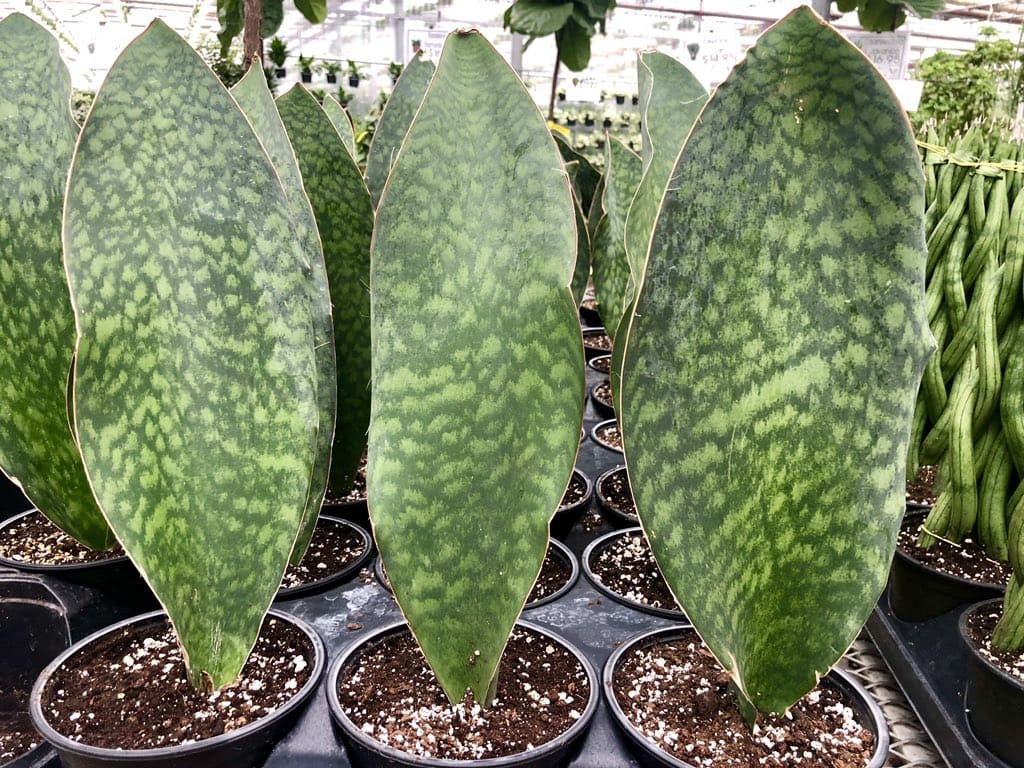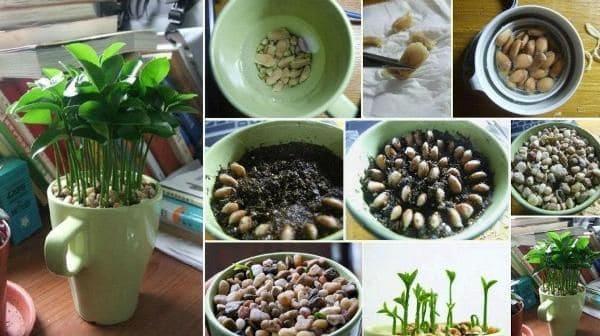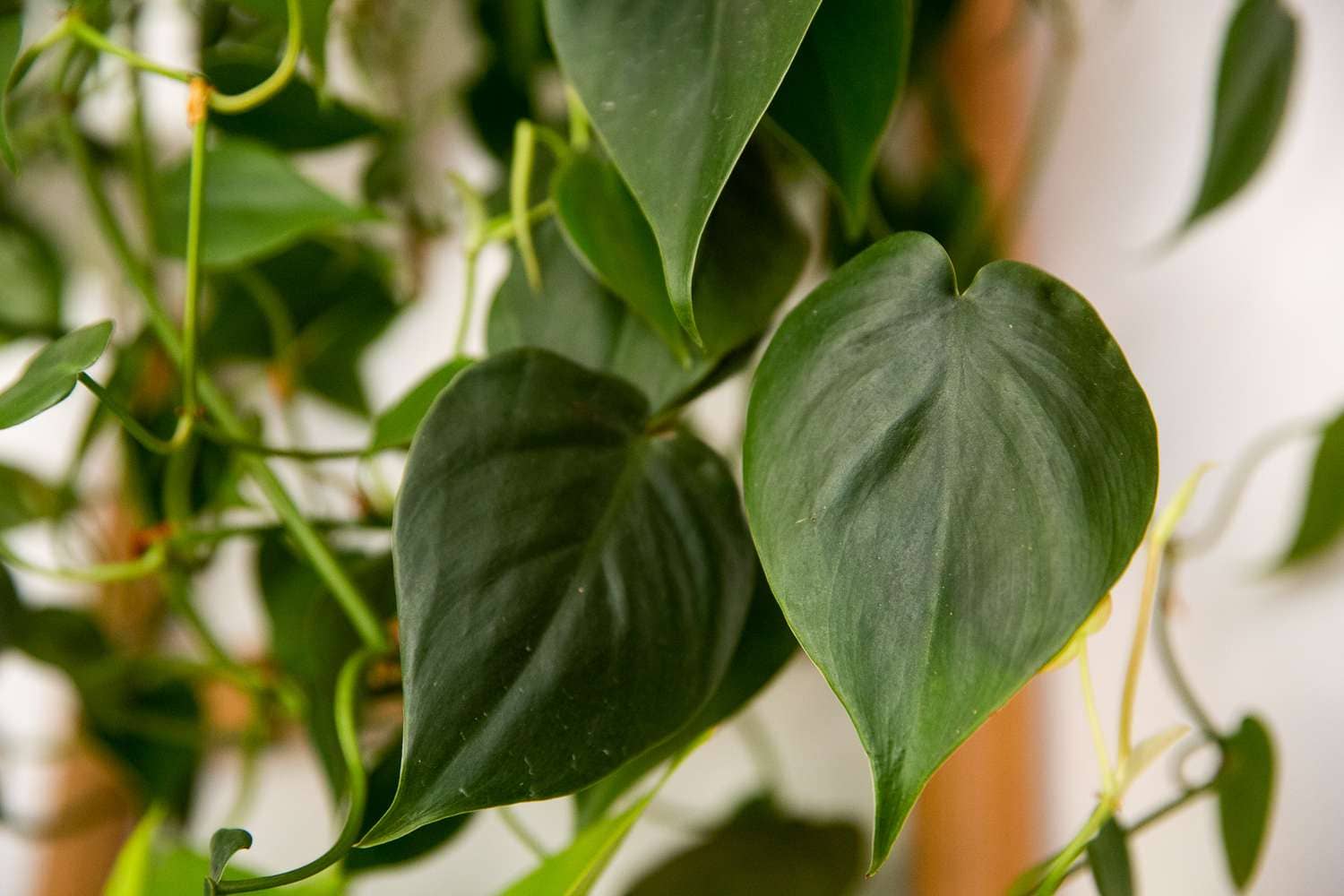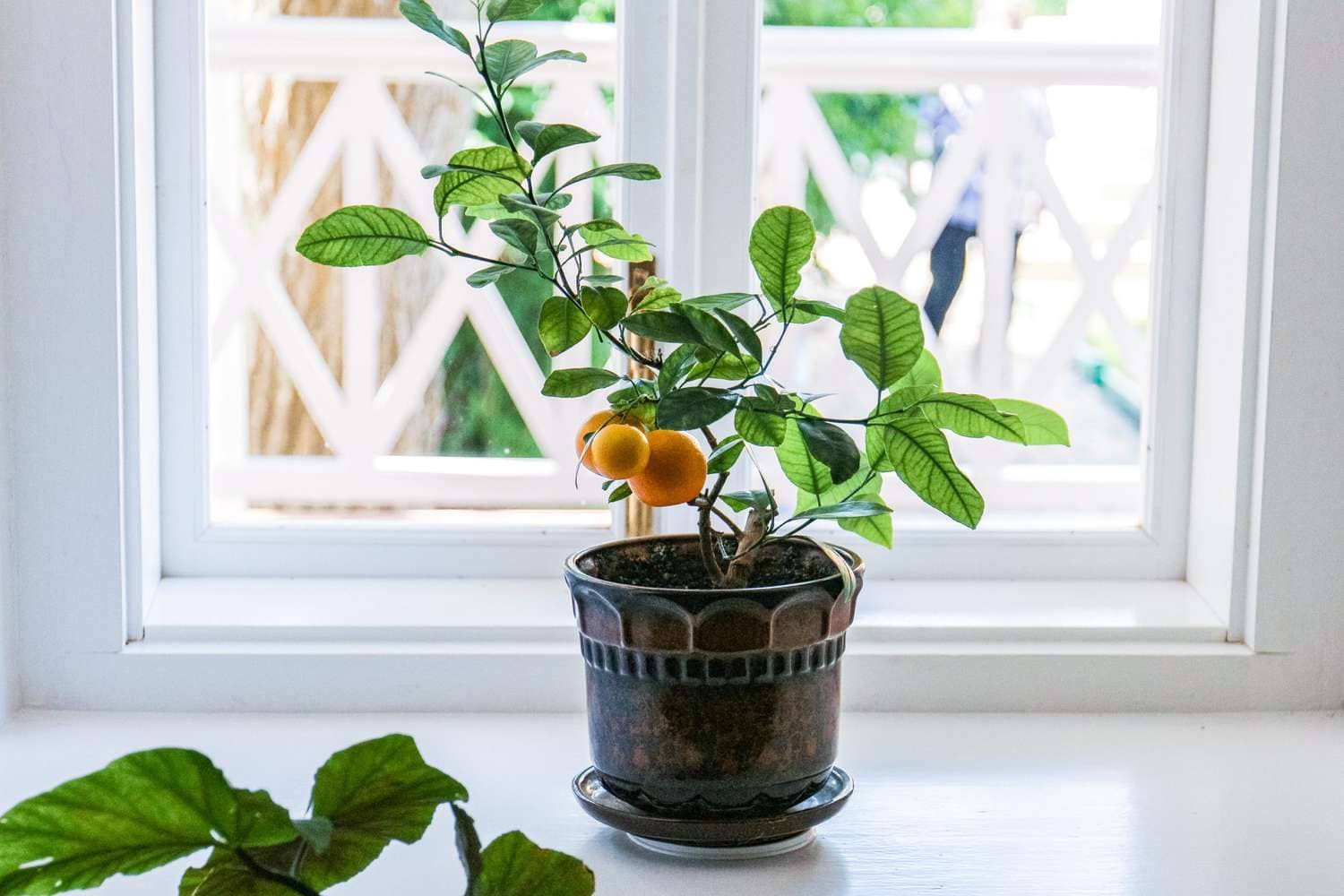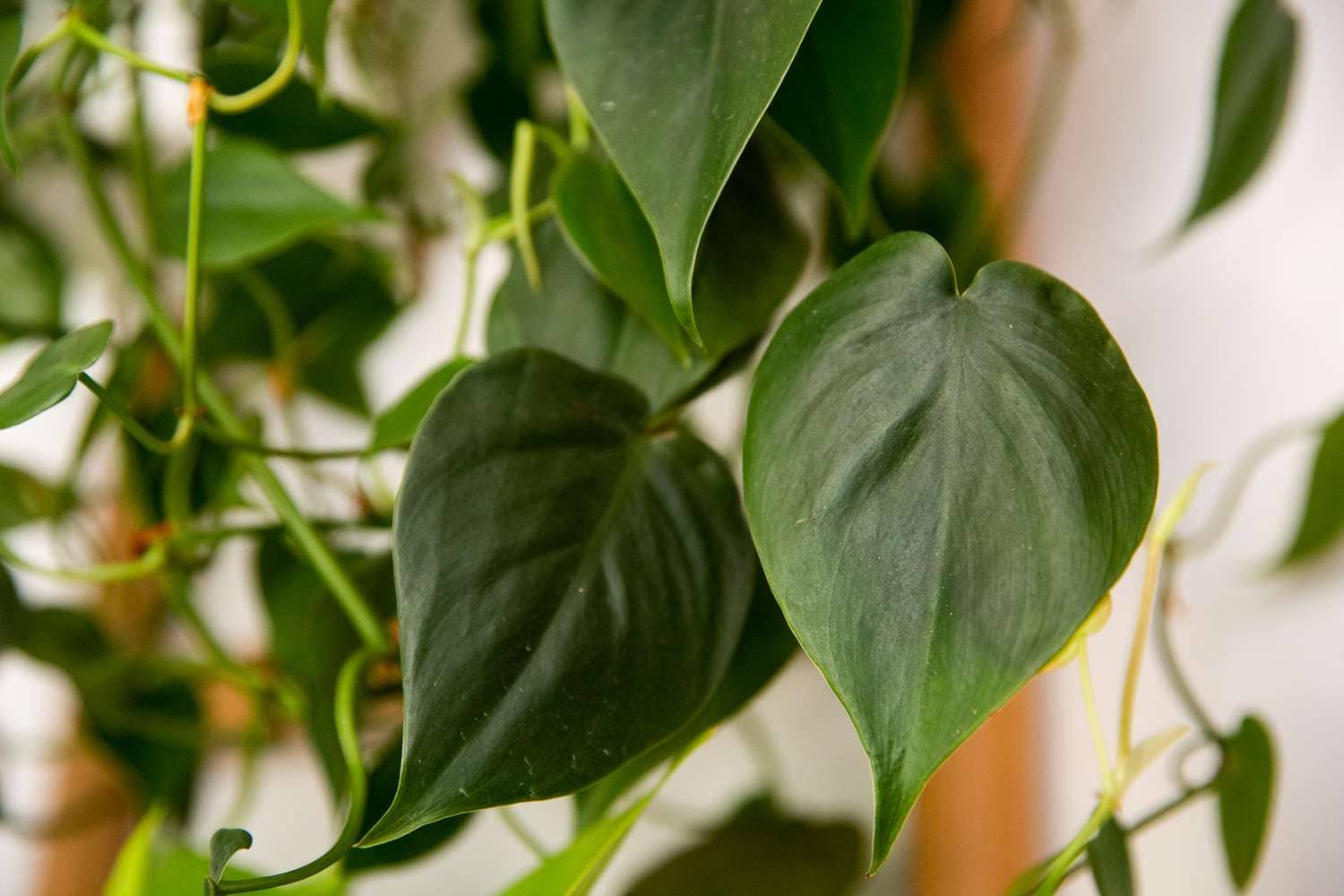Introduction:
Dive into the world of exotic foliage with the Whale Fin Snake Plant, an extraordinary cultivar of the Sansevieria genus. With its unique whale fin-shaped leaves and resilient nature, this striking plant adds a touch of drama and sophistication to any indoor space.
The Allure of the Whale Fin Snake Plant:
The Whale Fin Snake Plant, scientifically known as Sansevieria masoniana. Each leaf emerges from a central rosette and unfurls to reveal broad, paddle-like blades with wavy edges and intricate patterns. The glossy, dark green leaves are adorned with light green marbling or mottling, adding to the plant’s visual appeal.
Cultivation Tips for Success:
- Light Requirements:
- Whale Fin Snake Plants thrive in bright, indirect light but can tolerate lower light conditions. Place them near a window where they can receive filtered sunlight throughout the day, avoiding direct sun exposure that can scorch the leaves.
- Watering Routine:
- Allow the soil to dry out partially between waterings, then water thoroughly until water drains from the bottom of the pot. Err on the side of underwatering rather than overwatering, as excessive moisture can lead to root rot and other issues. During the winter months or periods of dormancy, reduce watering frequency to prevent waterlogged soil.
- Soil and Potting:
- Use a well-draining potting mix formulated for succulent plants or cacti to ensure adequate drainage and aeration. Terracotta pots with drainage holes are ideal for promoting airflow and preventing water accumulation around the roots. Repot Whale Fin Snake Plants every 2-3 years to refresh the soil and provide room for root growth.
- Temperature and Humidity:
- Maintain temperatures between 60°F to 80°F (16°C to 27°C) for optimal growth and performance. Whale Fin Snake Plants are adaptable to a wide range of humidity levels but prefer moderate humidity.
- Feeding: Fertilize Whale Fin Snake Plants sparingly during the growing season (spring and summer) with a balanced, water-soluble fertilizer diluted to half strength. Avoid over-fertilization, as this can lead to fertilizer burn and damage the plant’s roots.
Creative Ways to Incorporate Whale Fin Snake Plants into Your Decor:
- Statement Plant: Showcase a large Whale Fin Snake Plant as a standalone statement piece in living rooms, entryways, or offices. Its sculptural form and eye-catching foliage command attention and serve as a focal point in any space.
- Group Plantings: Create a lush display by grouping multiple Whale Fin Snake Plants of varying sizes and heights together. Arrange them on a plant stand, console table, or windowsill to add depth and dimension to your decor.
- Modern Accents: Pair the sleek, architectural leaves of Whale Fin Snake Plants with minimalist decor and contemporary furnishings for a chic, modern look. The clean lines and bold textures of the plants complement sleek interiors and add a touch of natural elegance to urban spaces.
- Terrariums and Dish Gardens:
- Incorporate miniature Whale Fin Snake Plants into terrariums or dish gardens for a miniature indoor oasis. Combine them with other succulents, air plants, or decorative accents to create captivating tabletop displays or centerpieces.
Conclusion: With its striking foliage and resilience, the Whale Fin Snake Plant is a versatile and captivating addition to any indoor space. By providing the right growing conditions and incorporating creative decor ideas, you can showcase the beauty and elegance of this extraordinary specimen.

